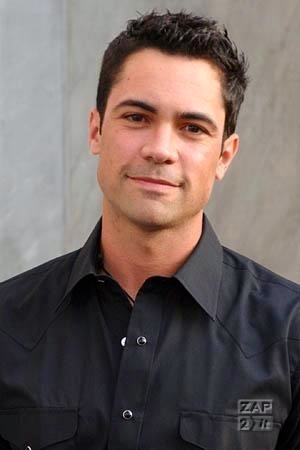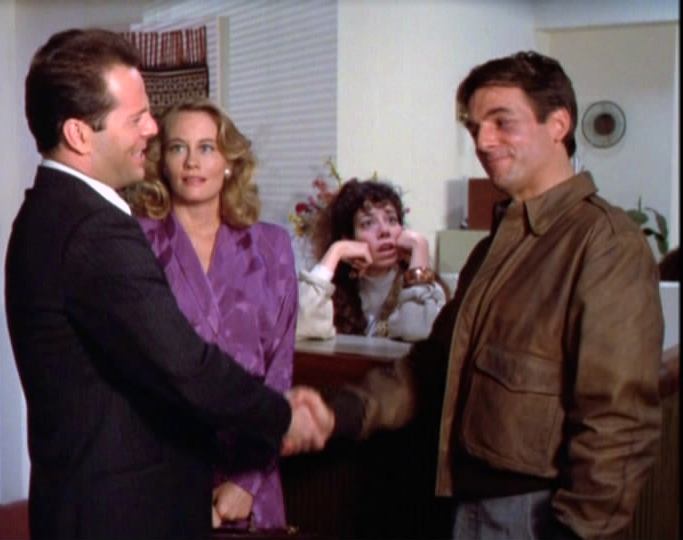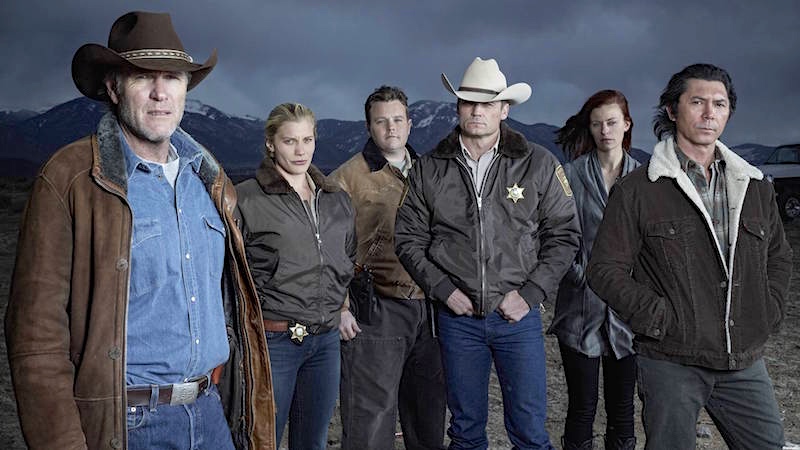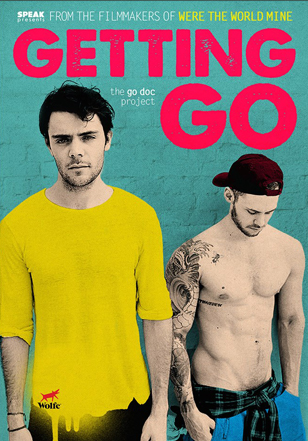(There will be stuff about music and some incidental stuff on translation, but there’s also crude mansex in very plain language, so this is certainly not for kids or the sexually modest.)
The latest Daily Jocks ad, with a caption of mine (one you can sing!):
![]()
Randy Handy stands in the shadows
While his johns walk in the light
You see the rich guys shine in brightness
But their stud hustler’s out of sight
Randy is prime meat in his rentboy stable, so a 50%-off sale is a real money-saver, guys.
Some background notes on the fantasy in the caption, then lots of words on the source of the caption (meanwhile, think “Mack the Knife”).
[Added: oh yes, there’s now a Page on this blog, on “Male prostitution”, under “XBlog essays”, with an inventory of postings on male hustlers, rentboys, escorts, etc.]
In the caption world, Randy works for an escorting agency that books tricks for him, but he also loves the excitement of being a street hustler, “loitering for the purposes of prostitution” (as the laws say) and working face to face with his prospects: showing his body off at his station in a dimly lit alley, clutching his junk invitingly, using his face to dominate the men and simultaneously offer himself to them. He cruises in nothing but minimal briefs (always from really hot companies, like TeamM8), an unusual arrangement made possible by a trade he made with the local police (they don’t harass him in any way, in exchange for which they get unlimited free access to his services, whatever they want, whenever they want it). Randy seals the deals on the spot, negotiating on services to be rendered and price and then providing these services right there in the alley (or, if the john wants, in a somewhat more secluded alcove a few feet away). The vision of a hunky man hooking in public virtually naked and (randily) ready for immediate sex, right there, really pulls the johns in in droves; they stand in line, and so get a sex show while they’re waiting their turn.
Mostly the johns just want to suck Randy’s cock or get fucked by him, and he’s happy to oblige (even better, his refractory period is something like two minutes, tops, so he can easily satisfy one after another, and he has the stamina for it). Early on in the business, Randy discovered that many men would pay big bucks to be abused verbally and physically, so after some coaching from his stable-mates, he got to be a master at these acts. Later he realized that many of these men gained even deeper satisfaction from the humiliation of being abused in public, in front of an audience, and would pay extra for it.
In fact he’s about as versatile as a man can get, willing to do virtually anything (so long as nobody actually gets damaged), and good at taking either role in any of these acts. Although he’s solidly, deeply gay, he can convincingly portray a contemptuous straight guy taking over a faggot, or a curious straight guy being converted to panting queerness by a superior man, or, for that matter, an affectionate lover together with an equal partner; it all depends on what the client needs / wants. His philosophy is that getting truly comfortable with receptive, submissive, etc. roles in mansex has made him better at taking the other roles (the ones that are his first preference), has taught him to appreciate what an insertive, dominant, etc. man can provide to a male sexual partner.
Although he has no drive towards sex with women, he likes women and also isn’t at all uncomfortable with their bodies. So, off work, he’s willing to provide supportive sex to a needy female friend. And, on the job, he’s up for doing a client’s female partner — and if the client wants it, him as well.
Of course, he’s fine with male couples hiring him to take care of both of them, however they want the roles to be distributed. And if a john wants to hire a pair of guys, to do whatever, Randy has buddies in the stable who work well with him.
Outside of work, Randy has clear preferences in sex, but on the job, he’s sexually transparent, completely adaptable to his customer’s wishes.
Now, Randy Handy as Super RentBoy is a fiction — no one is this perfect at the job, not to mention this extravagantly flagrant in his sexual behavior — but a potentially enjoyable one. Just imagine Randy in that dark alley, already nearly naked, ready to give or take whatever.
The caption. Lovers of the musical theatre probably recognized the meter of “Mack the Knife” even before I handed you the title. But there’s more, much more.
The background, from Wikipedia:
“Mack the Knife” or “The Ballad of Mack the Knife”, originally “Die Moritat von Mackie Messer”, is a song composed by Kurt Weill with lyrics by Bertolt Brecht for their music drama Die Dreigroschenoper [DGO], or, as it is known in English, The Threepenny Opera.
… A moritat (from mori meaning “deadly” and tat meaning “deed”) is a medieval version of the murder ballad performed by strolling minstrels. In The Threepenny Opera, the moritat singer with his street organ introduces and closes the drama with the tale of the deadly Mackie Messer, or Mack the Knife, a character based on the dashing highwayman Macheath in John Gay’s The Beggar’s Opera (who was in turn based on the historical thief Jack Sheppard). The Brecht-Weill version of the character was far more cruel and sinister, and has been transformed into a modern anti-hero.
Und der Haifisch, der hat Zähne,
Und die trägt er im Gesicht.
Und Macheath, der hat ein Messer,
Doch das Messer sieht man nicht.
[literal translation:]
And the shark, it has teeth,
And it wears them in the face.
And Macheath, he has a knife,
But the knife can’t be seen. [more literally: ‘… you don’t / can’t see’]
In the best known English translation, from the Marc Blitzstein 1954 version of The Threepenny Opera, which played Off-Broadway for over six years, the words are:
Oh the shark has pretty teeth dear,
And he shows them pearly white
Just a jack-knife has Macheath dear
And he keeps it out of sight.
The rarely heard final verse — not included in the original play, but added by Brecht for the 1931 movie — expresses the theme and compares the glittering world of the rich and powerful with the dark world of the poor [and the thieves and the whores; note that my character Randy Handy is a whore, like Jenny Diver in DGO]:
Denn die einen sind im Dunkeln
Und die andern sind im Licht
Und man siehet die im Lichte
Die im Dunkeln sieht man nicht.
[literal translation:]
There are some who are in darkness
[Blitzstein has ‘shadows’, not ‘darkness’, and I use that in my caption]
And the others are in light
And you see the ones in brightness
Those in darkness drop from sight.
[even more literally: ‘…you don’t see’; but that loses the rhyme]
You’ll see the echo of the street singer’s line in his opening verse, Doch das Messer sieht man nicht, in his closing line in the movie, Die im Dunkeln sieht man nicht. Note that the Brecht-Weill productions (the stage version, which opened in 1928, and the movie, directed by G. W. Pabst and released in 1931) were intended as Socialist critiques of the capitalist system (but with musical-comedy features as well); the economics and politics pretty much vanished in all the later versions of the work (of which there are a great many; I had the great pleasure of seeing Lotte Lenya, who played Polly Peachum in the 1928 and 1931 versions, in this role, using the Blitzstein adaptation, at the tiny Theatre de Lys in Greenwich Village, more than once in the late 1950s, but it was nothing like the movie, though it has mostly the same songs). Their intentions are clear in the movie, throughout which the rich and powerful are presented as vain, grasping predators upon the poor and dispossessed, workers who are viewed with great sympathy as sufferers under this system. At the very end of the movie we get the Dunkeln – Licht(e) quatrain, powerfully illustrated by a crowd of shabbily dressed poorfolk shuffling silently off away from the viewer into darkness.
I haven’t been able to find a clip of this final scene. But you can get the whole movie, with English subtitles, on YouTube here (which will allow you to appreciate just how different it is from versions you’re likely to be familiar with) and then forward to very close to the end.
Other German versions on film of this third finale (yes, third finale; the story is complicated) to the show are available on YouTube, in particular a performance directed by Nacho de Paz in which the light and darkness bit is harsh and biting rather than sad and despairing. But not funny or heart-warming.
![]()
![]()









































